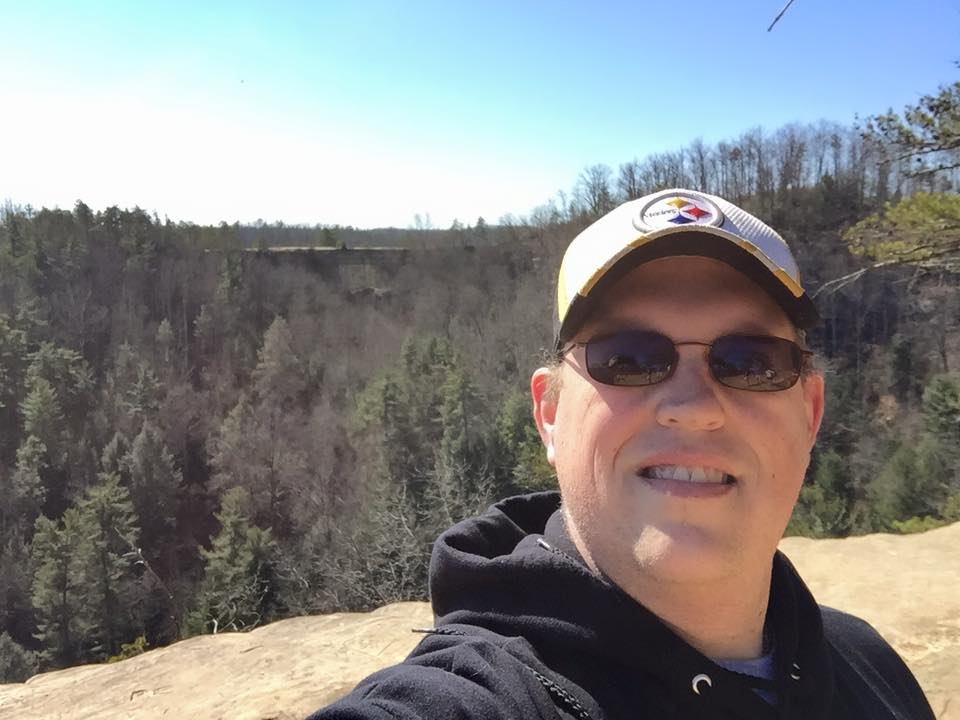NGSS / 3-D Learning Blog
How I Came to Understand the Three Dimensions
By Cindy Workosky
Posted on 2017-04-25
When I first started teaching science, I taught the facts. I taught the nine planets (before Pluto got demoted; sorry, Pluto!), the steps of mitosis, and the workings of plate tectonics, for example. I was proud that I had students who could learn the facts and recite them to me. It was always wonderful to have my students perform well on their tests, and it made me smile to know they could identify things like the various Moon phases.
More recently, however, I noticed I was becoming more worried about my students’ ability to “do science,” not just learn about it. I became more intent on helping my students learn about the process, the nature of science. I was very encouraged when I heard new science standards were being developed that recommended exactly what I was trying to accomplish. I thought, “Hey, I do this already.” Then I began exploring the Next Generation Science Standards (NGSS), and thought, “Oh, good grief. What is this? I don’t do this at all.” So it was back to the drawing board again.
As I prepared to teach the NGSS, I felt like a first-year teacher once again. I read the Framework for K–12 Science Education, looked through the NGSS Appendices, and asked questions, lots of questions! To be honest, I was initially most comfortable with the Disciplinary Core Ideas. The other two dimensions, Science and Engineering Practices and the Crosscutting Concepts, were not as easily understood. I was able to really comprehend the practices when I started to accept the idea that they were the process.
The Crosscutting Concepts have been the most challenging, for sure. They have not been easy to grasp and implement in my classroom. This is where I feel the most challenged. It has been a real struggle to integrate them in a meaningful way and to have my students work with them without my feeling like they were an “add-on.” I will not say I have mastered them–far from it–but I do feel better somewhat more comfortable with discussing and teaching patterns, systems, and energy flow. Maybe in a few more years I will be able to say, “I get it!”
Two actions that have helped me understand and wrap my brain around the three- dimensional aspect of the NGSS were helping to design and lead professional development opportunities for my district’s middle school science teachers and participating in the #NGSSchat on multiple occasions.
Designing professional development for our district was a test. You can’t stand before a group of teachers and fake it. Our group had to know our stuff—not perfectly—but enough to discuss it intelligently with our peers. We also had to be able to disseminate our work to give teachers examples of what works and what doesn’t. That was a learning experience.
Participating in the #NGSSchats has been exciting. So many insightful, passionate people with many fantastic ideas take part in them, sharing with one another about our craft and helping one another. For example, a significant piece of information I received from the #NGSSchat has been the recommendation to be intentional with Crosscutting Concepts. I regularly get great ideas like this from the chat that I try out in my class or contact one of my peers from the chat to discuss further. These discussions are invaluable in helping me grow as a professional. If you don’t have a Twitter account, sign up now! It will be the best decision you can make to help you increase your knowledge of and skills in teaching the standards.

Patrick Goff
Patrick Goff is an 8th-grade science teacher in Lexington, Kentucky, and has taught for 18 years. He is a National Board Certified teacher with a master’s degree in Administration. He has presented at multiple conferences locally and internationally, and is a co-founder of @ngss_tweeps.
Visit NSTA’s NGSS@NSTA Hub for hundreds of vetted classroom resources, professional learning opportunities, publications, ebooks and more; connect with your teacher colleagues on the NGSS listservs (members can sign up here); and join us for discussions around NGSS at an upcoming conference.
The mission of NSTA is to promote excellence and innovation in science teaching and learning for all.
Future NSTA Conferences
STEM Forum & Expo
2017 Fall Conferences
National Conference
Follow NSTA
Disclaimer: The views expressed in this blog post are those of the author(s) and do not necessarily reflect the official position of the National Science Teaching Association (NSTA).
Crosscutting Concepts Disciplinary Core Ideas NGSS Preservice Science Education Professional Learning old Science and Engineering Practices


